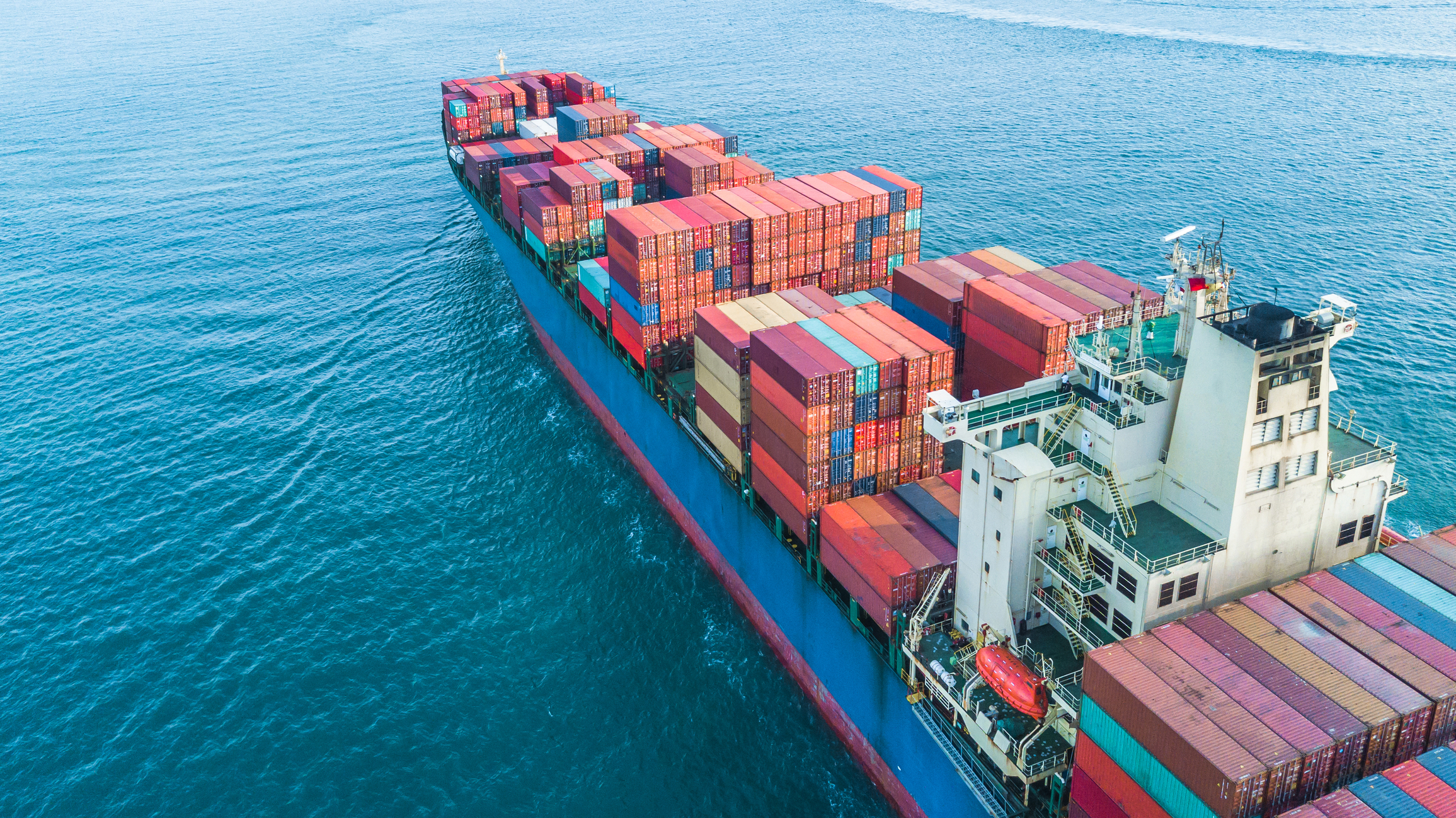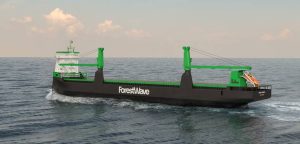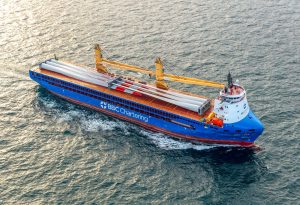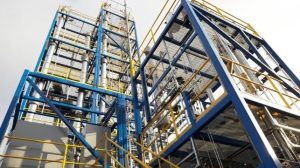Sailing speeds by global shipping lines could decline by about 10% before 2025, predicts BIMCO, the world’s largest organization for shipowners, charterers, shipbrokers and ship agents.
In slow steaming, a containership travels at a speed of 12-19 knots instead of the usual 20-24 knots.
BIMCO notes that slow steaming was introduced in the aftermath of the financial crisis more than a decade ago, shaving sailing speed on mainline routes by as much as 20%. The motivation then and again now as freight rates and the spot market had dropped was that when ships adjust their speed, the transport capacity is affected and the adjustment can be an effective way of managing capacity supply.
But today, slower sailing speeds are drawing longer-term attention because they also reduce bunker oil consumption and greenhouse gas emissions. “During the COVID-19 pandemic, liner operators increased the average sailing speed by up to four percent due to strong demand and widespread port congestion,” comments BIMCO shipping analyst Niels Rasmussen. “Today, the situation is very different and in the first quarter of 2023, the average sailing speed has slowed to 13.8 knots, down four percent year-over-year.”
Much of the focus is centering on the emerging environmental regulations from the International Maritime Organization, including the Energy Efficiency Existing Ship Index (EEXI) and the Carbon Intensity Indicator (CII).
To comply with the EEXI some ships have had to install Engine Power Limitations (EPL), reducing their top speed. To maintain the buffer between the top speed and scheduled speed creating the cushion to allow ships to recover from delays in port or due to weather, carriers have had to reduce schedule speeds and extend travel times for customers. The Carbon Intensity Indicator (CII) regulation which the IMO officially implemented at the beginning of 2023 and overall greenhouse gas emission targets BIMCO forecasts could also drive further reductions in sailing speed.
Mr. Rasmussen notes that supply has decreased faster than the sailing speed. “The speed difference between head-haul and back-haul direction may also be reduced in the future.”
(Photo Dreamstime)





